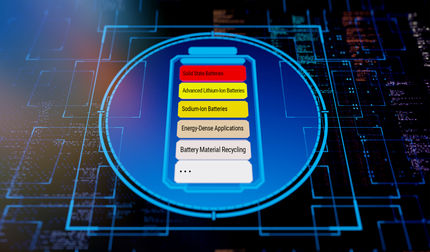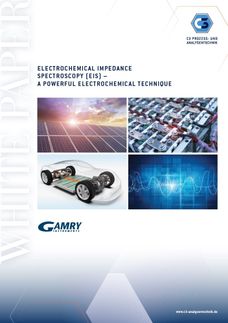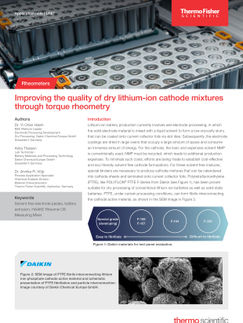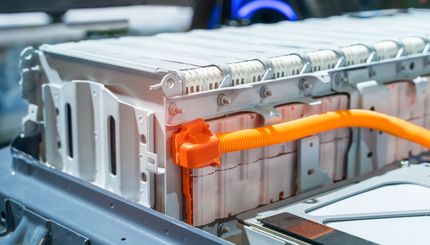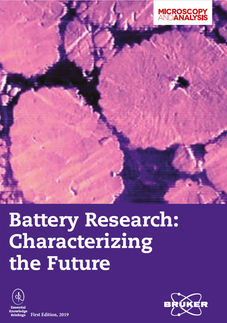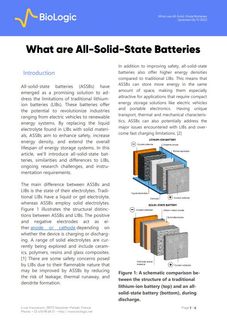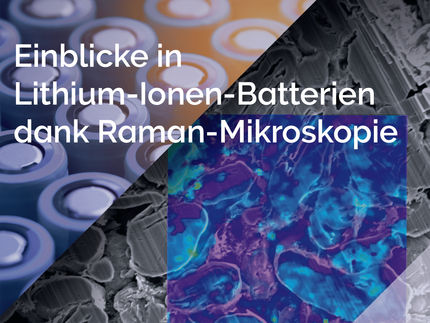Three Different Methods for Determining the Diffusion Coefficient in Battery Electrodes
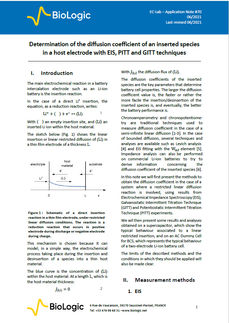
Comparison of EIS, GITT, PITT: Which method is best suited for me?
The most important electrochemical reaction in an intercalation electrode such as in a Li-ion battery is the intercalation reaction. The diffusion coefficients of the intercalated species are the key parameters that determine the properties of the battery cell. The larger the value of the diffusion coefficient, the faster or easier the insertion/desinsertion of the inserted species, and finally, the better the battery performance.
Chronoamperometry and chronopotentiometry are traditional techniques for measuring the diffusion coefficient in the case of semi-infinite linear diffusion. For the case of finite diffusion, several techniques and analyses are available, such as Levich analysis and EIS fitting with the Winf element. Impedance analysis can also be performed on commercial Li-ion batteries to derive information about the diffusion coefficient of the introduced species.
In this paper, the three methods, EIS, GITT, and PITT are presented, results and analysis are performed, and limitations of the methods are explained.
Download white paper now

Three Different Methods for Determining the Diffusion Coefficient in Battery Electrodes
Comparison of EIS, GITT, PITT: Which method is best suited for me?


